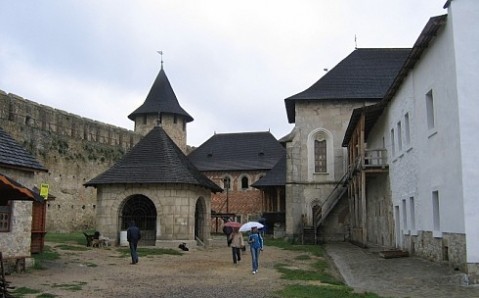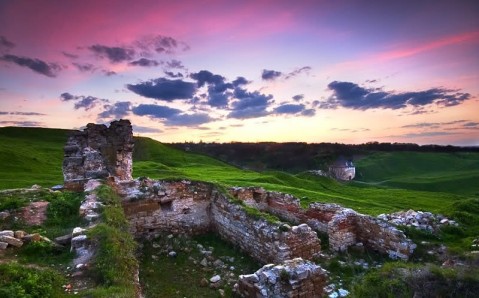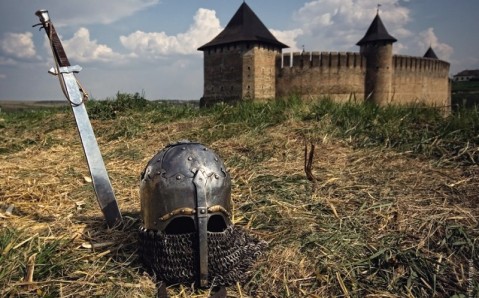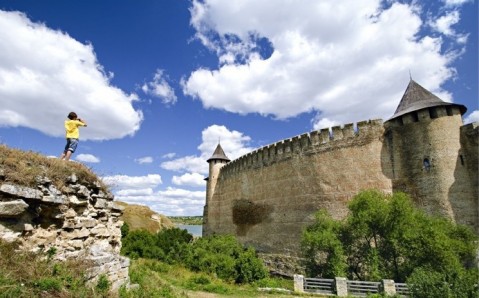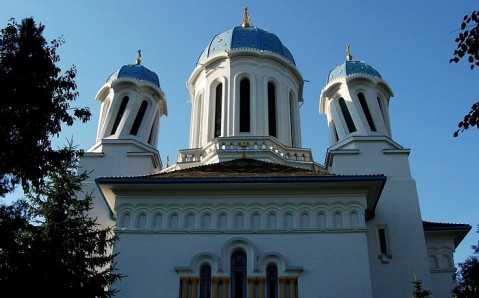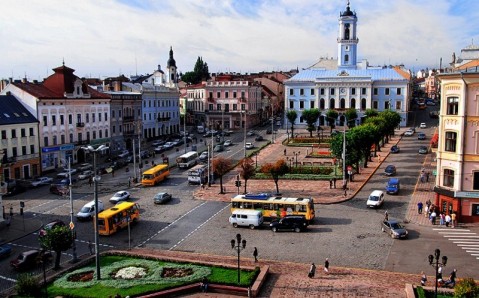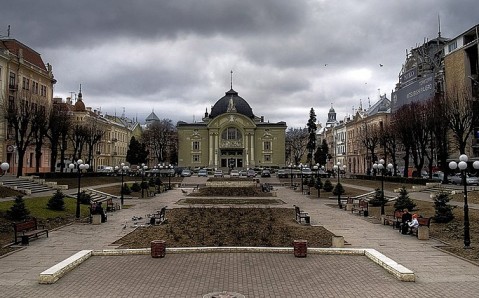Hotyn
This small ancient town, whose remarkable and difficult history is over a thousand years old, is one of the most important tourist and cultural centers of Bukovina. It is so appealing to travelers because of its unique fortress that played a significant role in the history of many European countries. It is a real masterpiece of the fortification art, one of the most powerful and well-preserved citadels on the territory of modern Ukraine.
No one knows for sure where the town’s unusual name comes from. Some think that it was derived from the name of the settlement's founder - the male name Hotyn was fairly common in those days. Others are sure that there is a connection with the Slavic word 'hotin',’ meaning 'desired.’ It is easier to believe in the latter version since Hotyn was an envied prize for many - over its history, it has been a part of various principalities, empires and kingdoms.
The first fortifications appeared on the banks of the Dniester River at the beginning of the 11th century, when Prince Volodymyr the Great added these lands to the Kyivan Principality. Although the fortress was wooden, it managed to defend the town from numerous invaders. Nevertheless, 200 years later, Prince Danyla Galitskii rebuilt the fort using stones, significantly strengthening it.
The fortress acquired its modern look at the end of the 15th century, when Hotyn was a part of the Moldavian State. Its borders were considerably broadened. A stone wall, 5-meters (16 feet) wide and up to 50-meters (164 feet) high, grew around it; three towers and two palaces with dungeons were also built. At this time, due to its fortunate location at the intersection of land and river routes, Hotyn turned into a prosperous trade center, where merchants from all over Europe gathered.
1621 became a critical year in the history of the fortress. That year, the Hotyn battle between the Polish–Lithuanian Commonwealth and the Ottoman Empire took place. The Poles, united with Cossacks, managed to defeat the invaders' army of 250 thousand. Nevertheless, at the beginning of the 18th century, Turks managed to conquer Hotyn and made it their powerful outpost on the East of Europe. However, in the 19th century - after another Russo-Turkish war - Hotyn became a part of the Russian Empire, soon losing its defensive position.
The fortress remains almost intact until today and it never fails to impress curious tourists. The king’s and officers’ palaces remained on the fort’s territory, as did the castle's church with Gothic windows, which also acted as arrow slits. Today, one can see copies of the medieval weapons - rams, catapults, and many others - in the dungeons of the temple. The St. Alexander Nevsky's church, built in the 19th century for Russian soldiers, was also preserved. Not far from it lay a mosque's ruins, and right at the center of the palace yard is a big well.
Today, the Hotyn fortress serves not only as popular tourist destination, but as a setting for movies as well. In 2009, it 'played’ a Polish castle in the Russian-Ukrainian film ‘Taras Bulba.’ The fortress also became an attractive place for history buffs, who organize each year a spectacular military-historical reconstruction ‘Battle of Nations.’
Getting here. Hotyn is located 70 km away from Chernivtsi. You can get here on any bus or taxi going in the direction of Kamianets-Podilskyi (around 15 minutes), or from Kamianets-Podilskyi itself (25 km, 5 UAH).

 Western
Western
